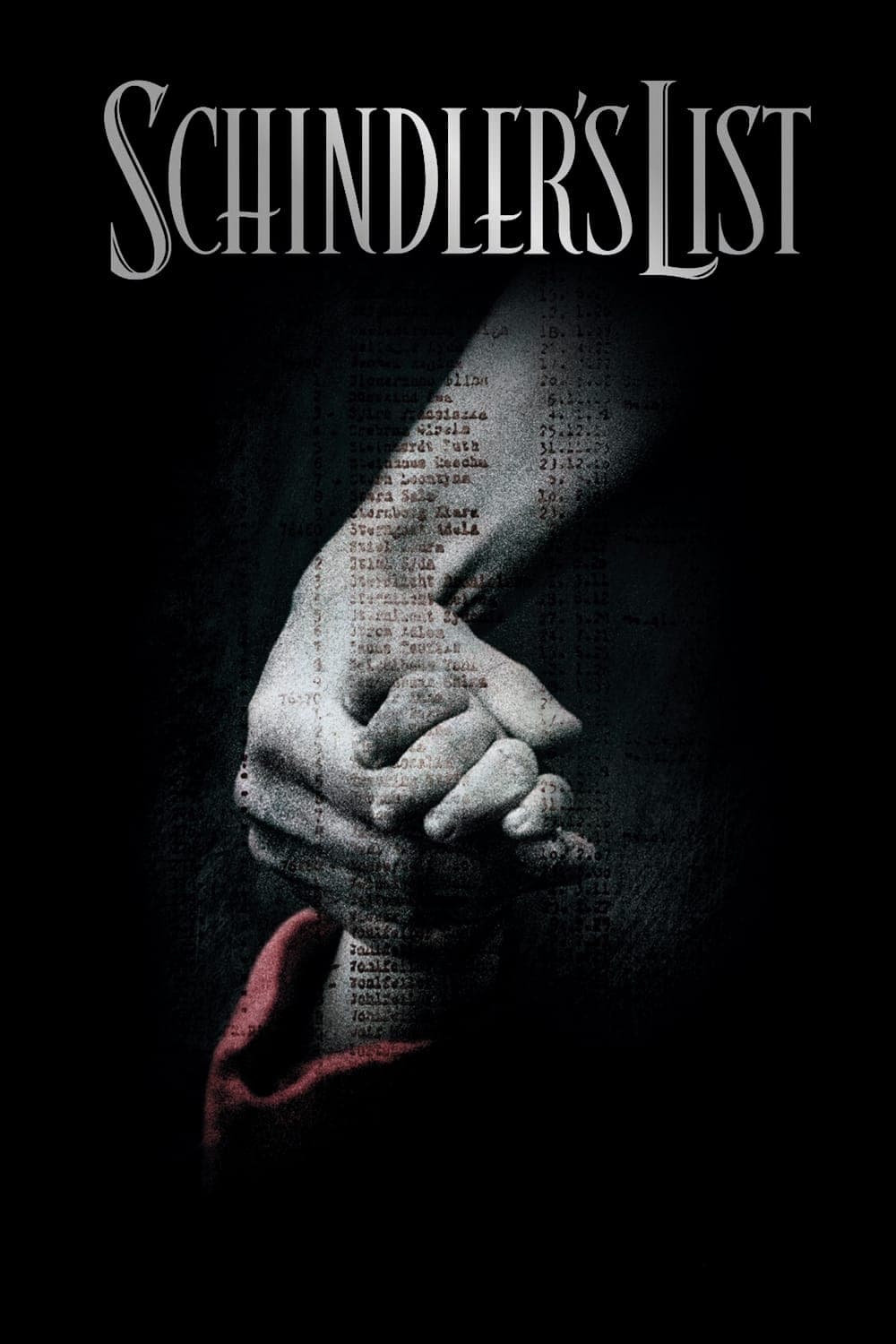
Schindler's List
1993
Rate this movie
Average: 2.00 / 5
(1 votes)
Director
A refined and emotional Steven Spielberg is the one who throws himself headlong into this film based on Thomas Keneally's shocking book about the true story of German industrialist Oskar Schindler. But it is above all the artistic maturity of a filmmaker who, after dominating the collective imagination with adventure and science fiction, here confronts History with a capital H, which makes Schindler's List a monumental work and a turning point in his career. The film is not merely a chronicle of events, but a profound exploration of human nature, of the most heinous evil, and of the spark of humanity that can ignite in the deepest darkness.
Spielberg is a perfectionist to the highest degree, a complete filmmaker who leaves nothing to chance: and indeed, for this film, during the pre-production phase, he consulted an impressive amount of historical documents, sifting through hundreds of period footage. His dedication to historical veracity is almost obsessive, not for mere didactic fidelity, but to anchor the horror in a tangible and irrefutable reality. It is said that he even refused an offer of compensation for directing, donating the film's future profits to Jewish foundations, a gesture that testifies to the profound personal impact the project had on him.
It is therefore not surprising his decision to film in sophisticated black and white that recalled the chromatic tones of 1940s newsreels and, above all, of the documentaries shot by Russian and American journalists who arrived in the concentration camps immediately after liberation. This choice is not mere aesthetic artifice or a slavish reproduction of a period aesthetic; it is a deliberate renunciation of color that elevates the narrative to an almost archetypal dimension, removing any possible chromatic distraction from reality. It forces the viewer's gaze to settle on the essence, on faces emaciated by fear and hope, on the textures of fabrics, on the folds of the soul. A black and white that pierces the heart and lays bare true emotions, those from which the narrative takes life and form. In this somber spectrum of grays, the famous, and perhaps sole, appearance of color – the little girl's red coat in the Kraków Ghetto – acts like a bolt from the blue, a punch to the gut that tears through the veil of indifference. That red is not a random detail, but the visualization of harmless innocence, visible to anyone, but ignored and trampled by systemic barbarity. It is the symbol of what was lost, the blood that could not be washed away.
The story of Oskar Schindler is told, a German industrialist who would dedicate his life and resources to saving the greatest number of Jews from the Holocaust. Schindler is not immediately portrayed as a saint, but rather as an opportunist, a war profiteer driven by a pragmatic greed that leads him to exploit Jewish labor. It is through daily contact with the unspeakable horror, with the systematic dehumanization perpetrated by the Nazi regime, that his conscience awakens, revealing a surprising capacity for empathy and unexpected moral courage.
Connected to the high ranks of the Nazi hierarchy, he would leverage his influence to have Jews captured by the Gestapo assigned to his pot factory in Poland. Initially, he would take about a hundred with him; ultimately, over 1200 Jews would be saved from the Auschwitz meat grinder. In saving them, he would cross paths with their stories, share their pain, and become one of them. His journey is a powerful testament to the possibility of redemption, not in a religious sense, but as a rediscovery of one's humanity in a context that pushed towards the total annihilation of every ethical value. The "list" itself becomes a metaphor for life and death, a barren bureaucratic document transformed into a Bible of survival.
A film that effectively ascends to the status of an extraordinary historical document, enhanced by the astonishing cinematography of Janusz Kaminski, who began a collaboration with Spielberg with this film that continues to this day. Kaminski's eye, often through the use of a handheld camera for greater immediacy, captures the intimacy of human drama and the monumental horror of the extermination camps with almost documentary precision, while maintaining a powerful emotional resonance. This visual approach profoundly influenced how cinema approached subsequent historical dramas, setting a new standard of realism and sensitivity.
Some scenes, crafted with meticulous attention to detail, devastate the viewer's heart: how can one forget the cruel sequence in which Amon Goeth (played by a disturbing Ralph Fiennes), commandant of Auschwitz, waking up and shaking off the lingering effects of sleep, takes up a rifle with a telescopic sight and randomly kills Jewish prisoners from his home's balcony, then stretches contentedly and goes about his day. This scene is chilling precisely because of its "banality of evil"; there is no explicit rage or fanaticism, but a cold, disarming indifference towards human life, treated like a target at a shooting range. The randomness of death, the normalization of atrocity as a morning routine, make Goeth a terrifying archetype of bureaucratic and inhuman horror. The impact of Schindler's List was not limited to movie theaters; its vision moved Spielberg to found the Survivors of the Shoah Visual History Foundation, today the USC Shoah Foundation, a colossal archive of video testimonies from survivors, a bulwark against oblivion and denialism, transforming artistic success into an ethical commitment of global reach that still resonates powerfully today.
Country
Gallery
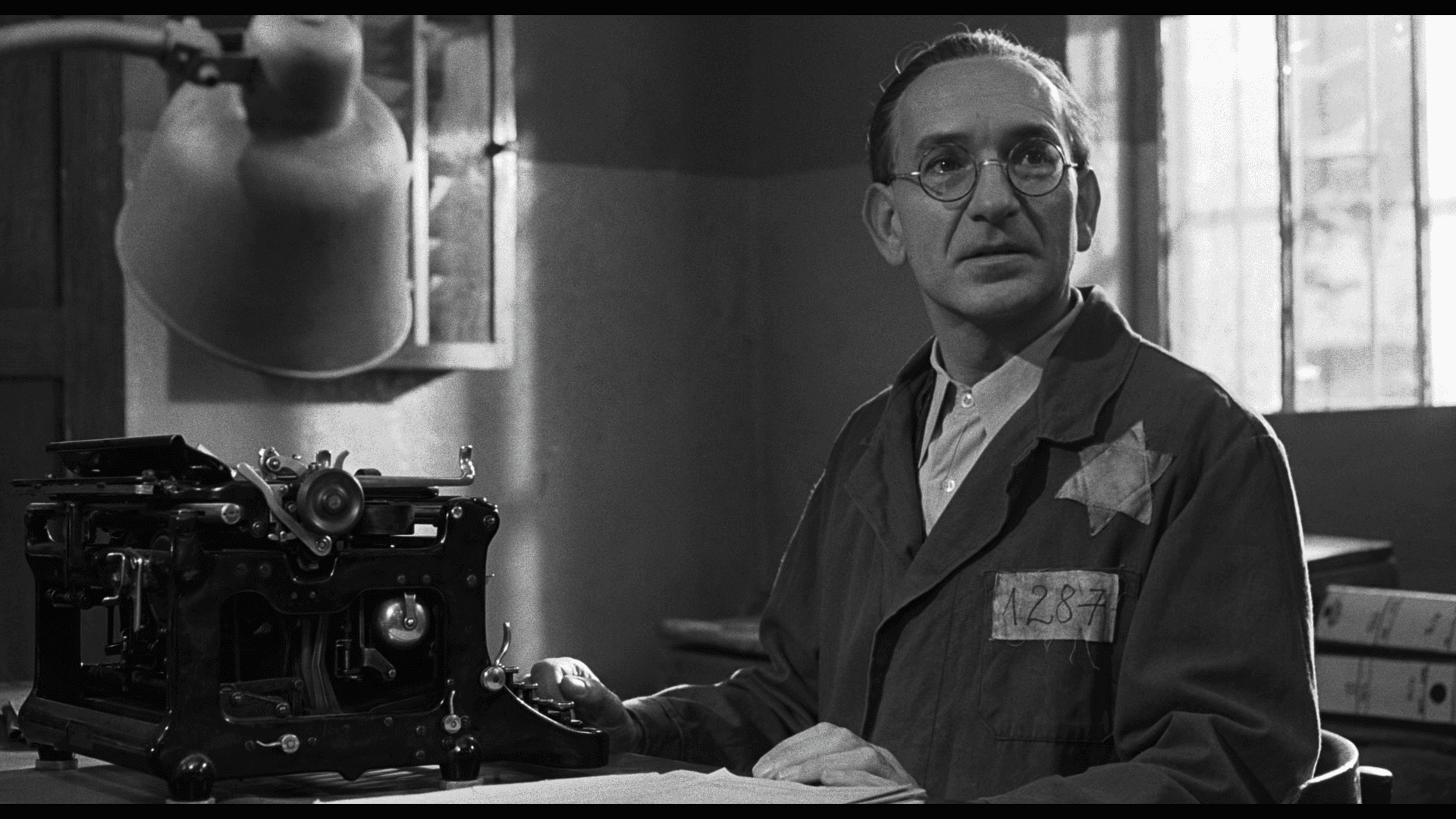
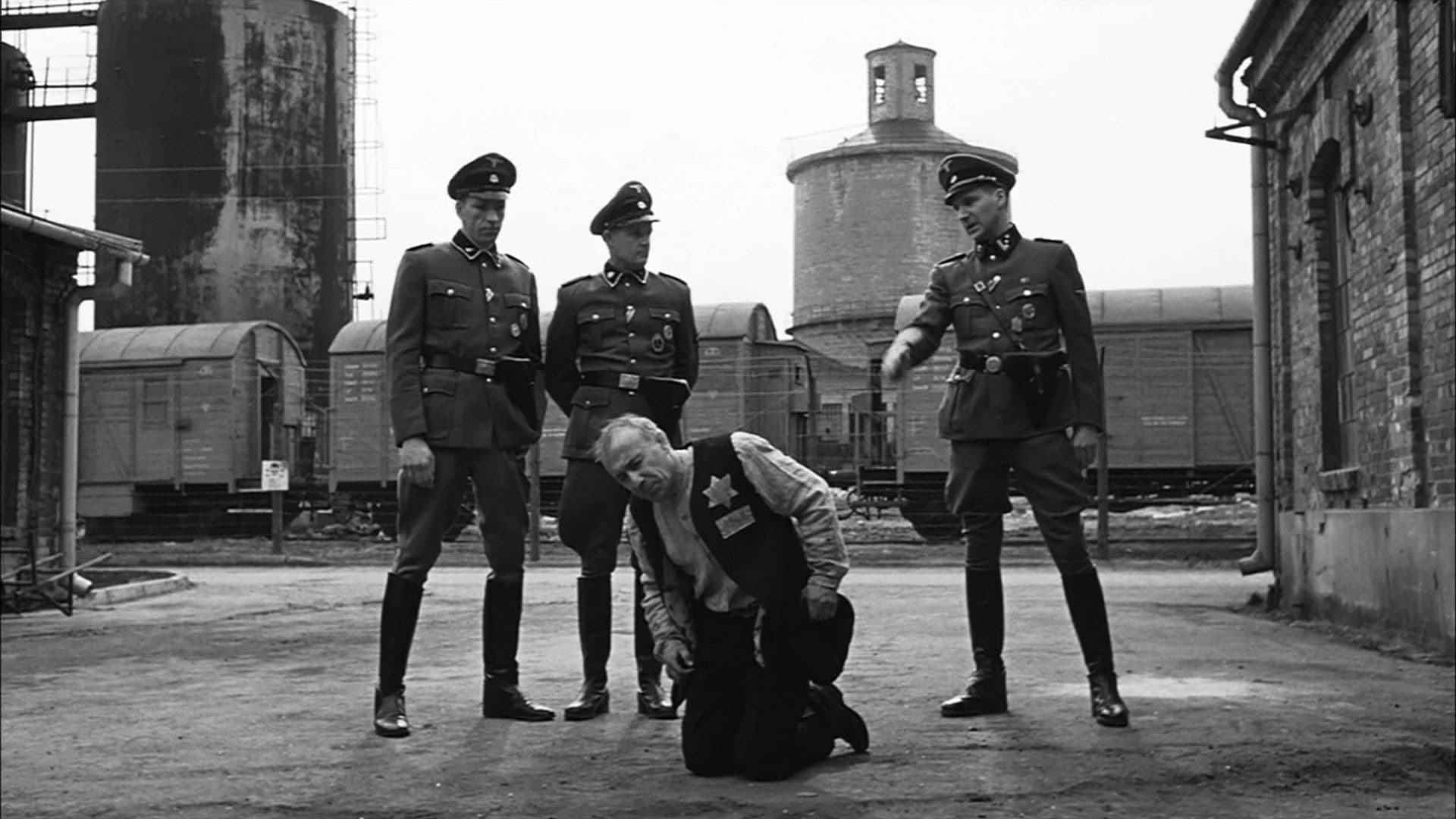

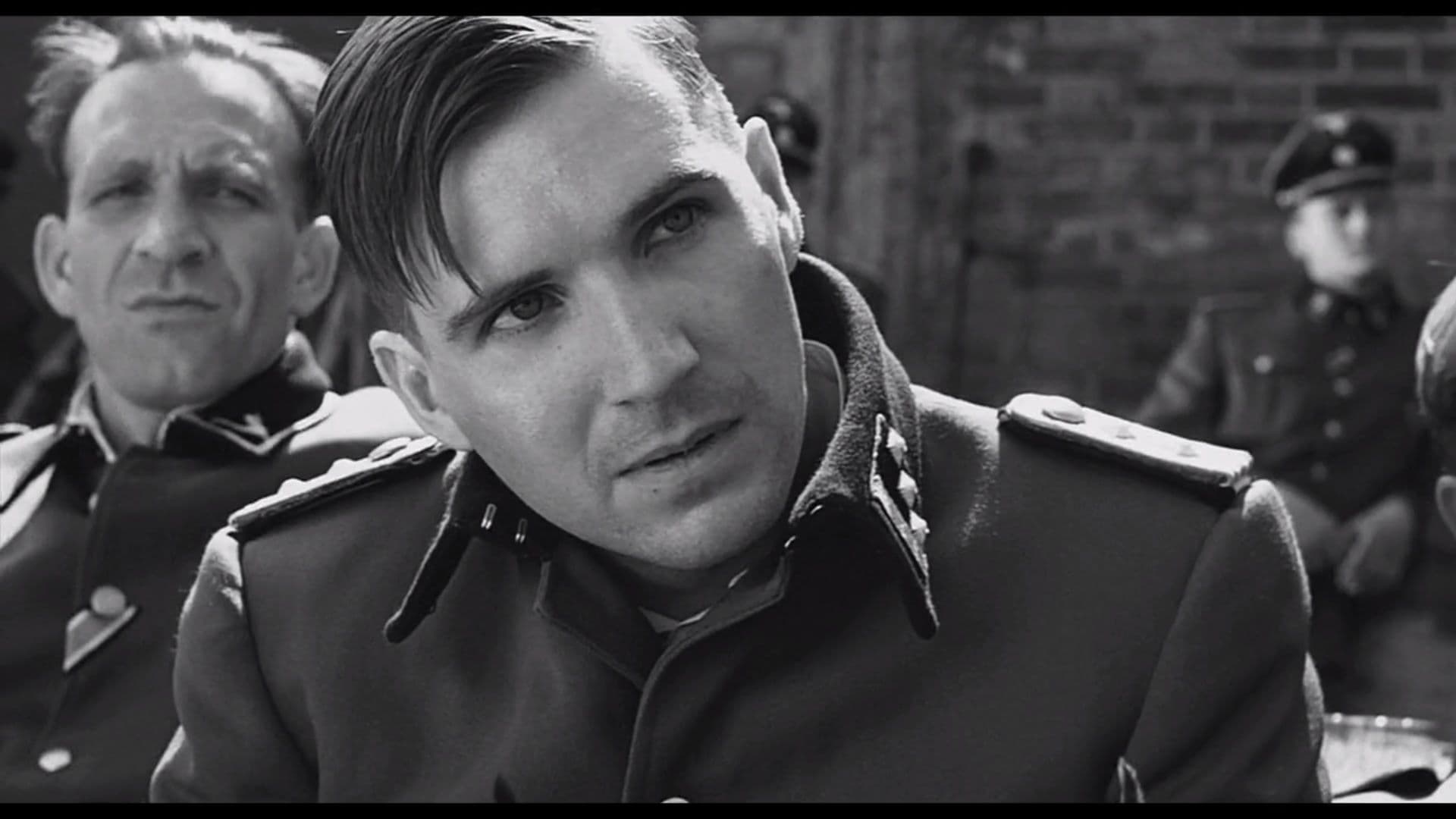
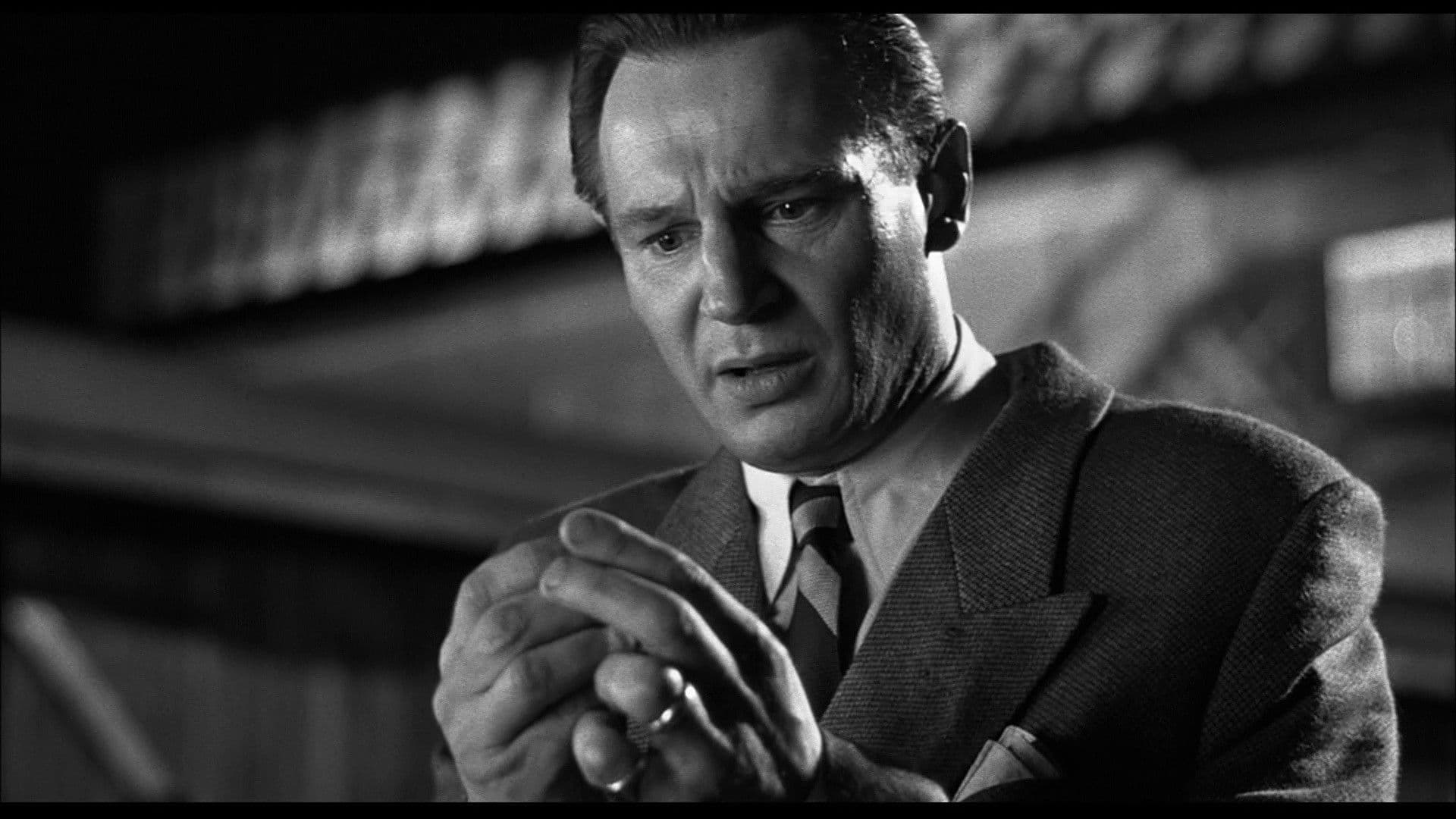


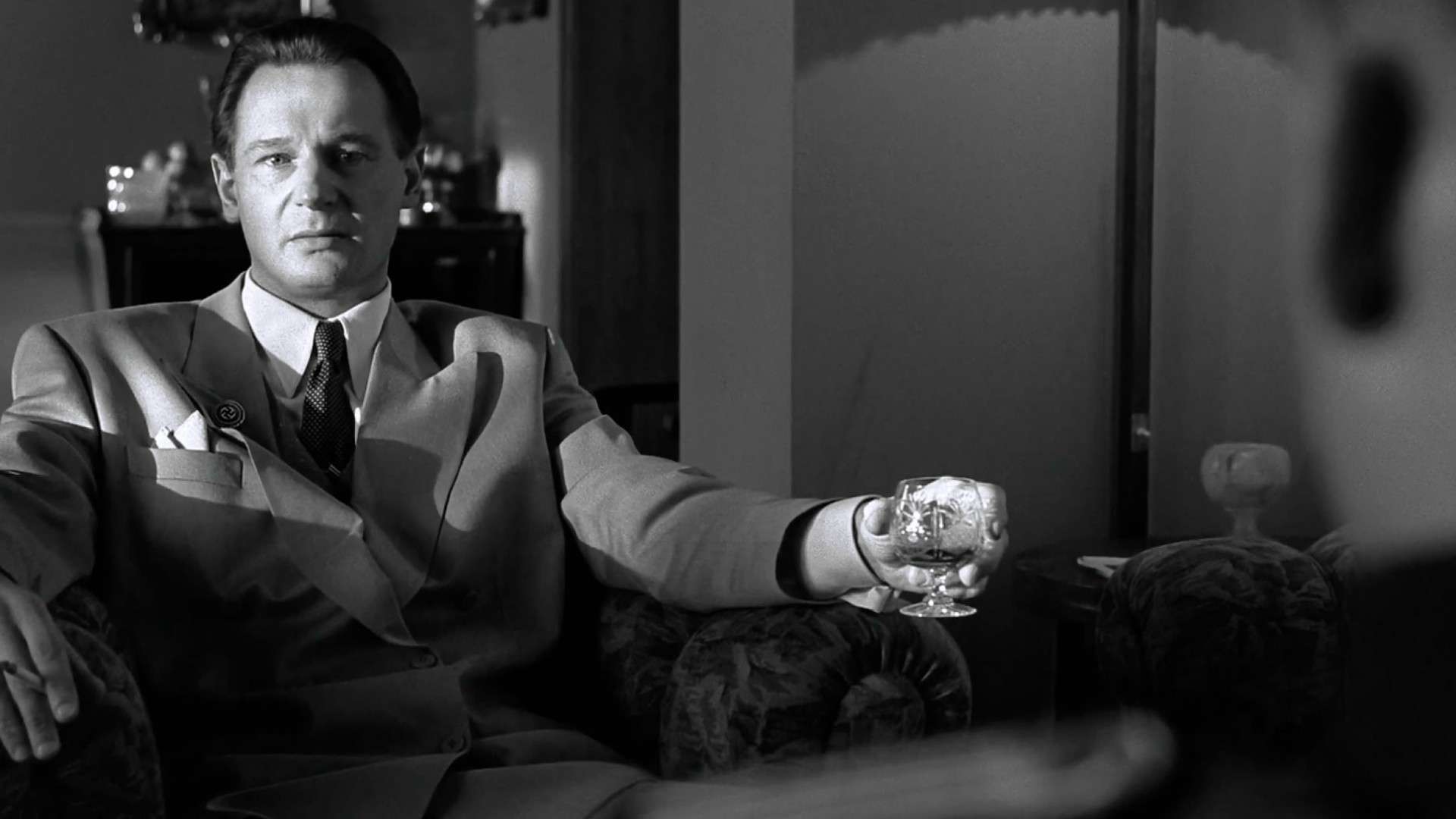
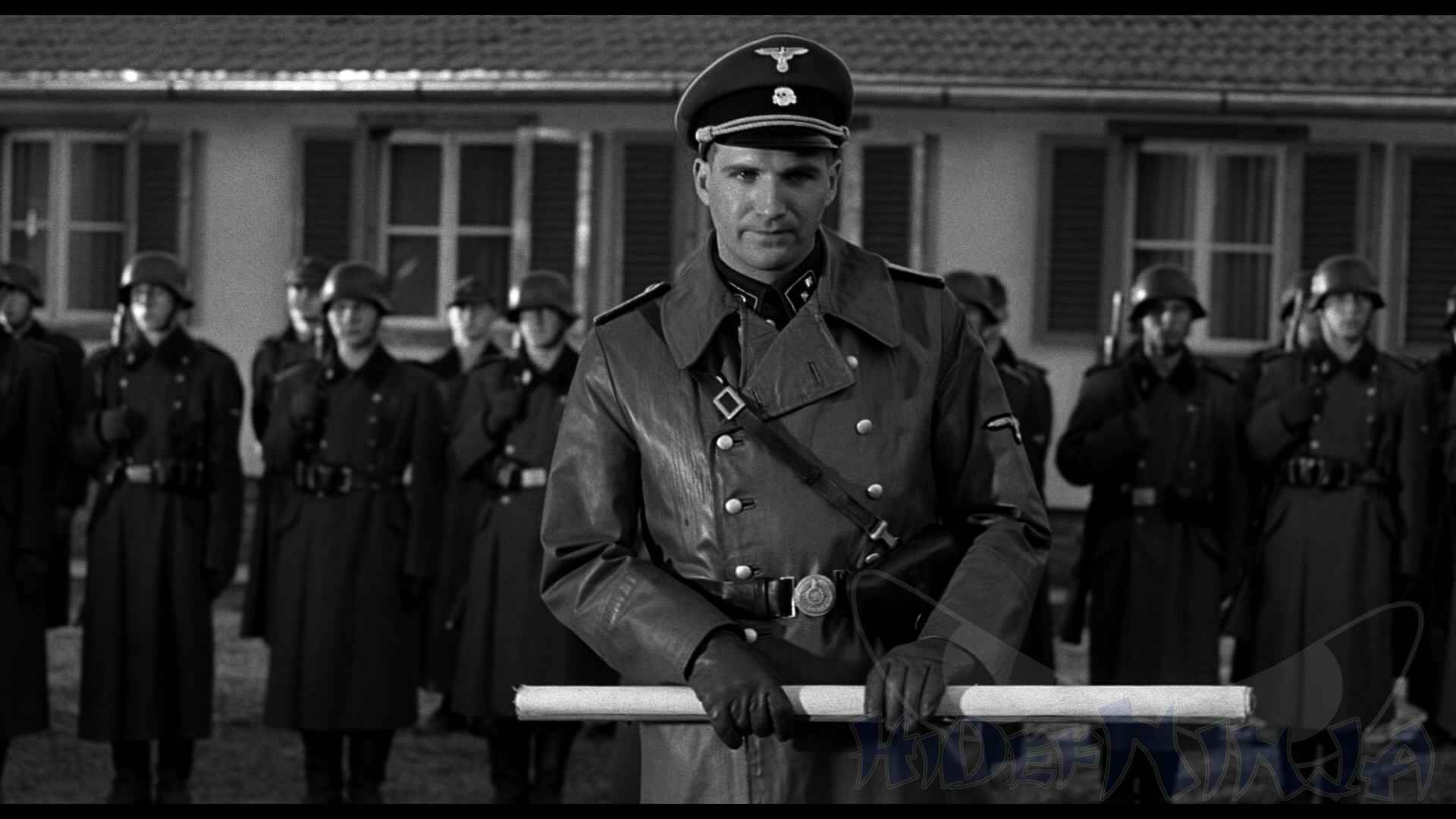
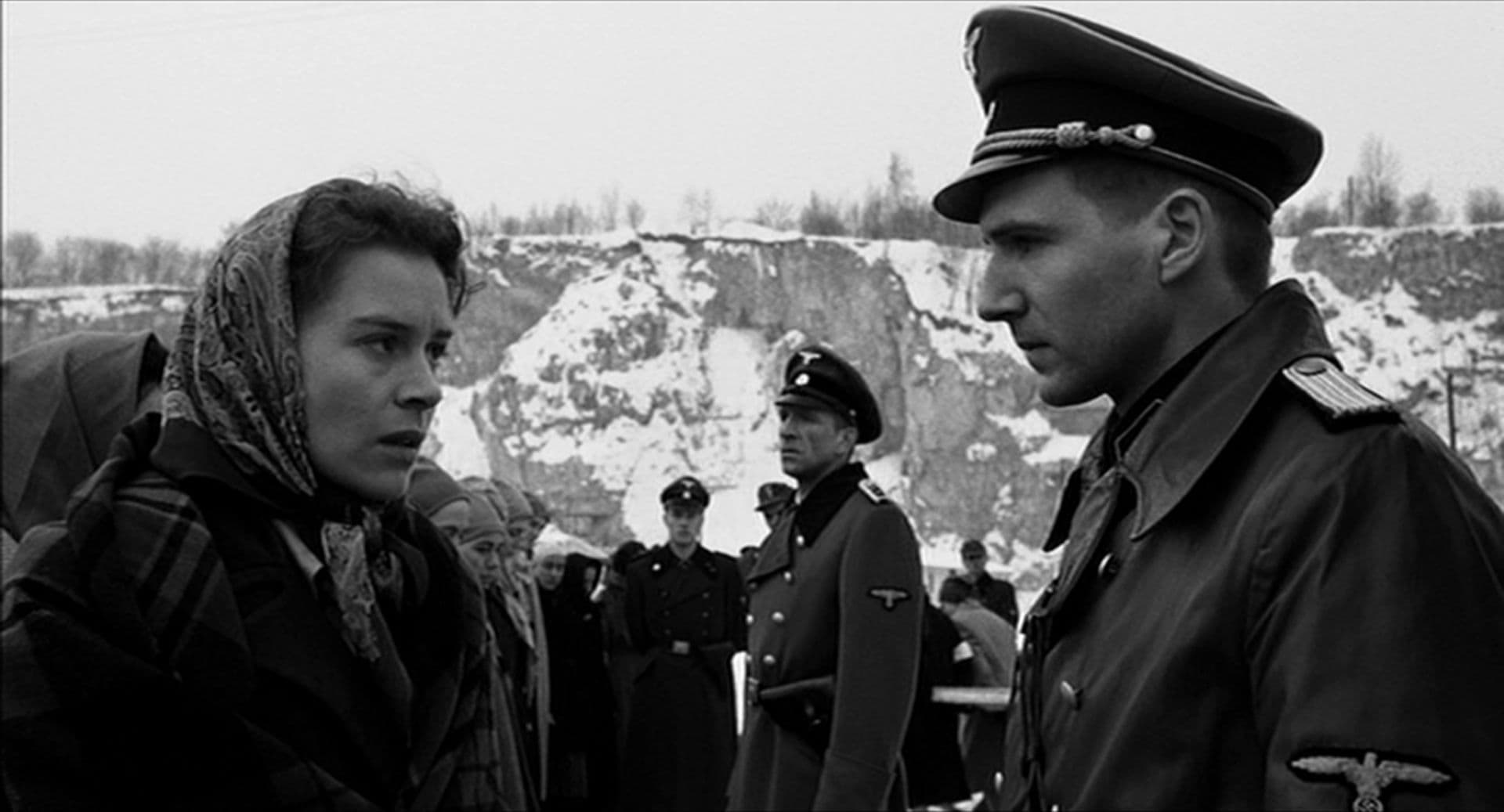

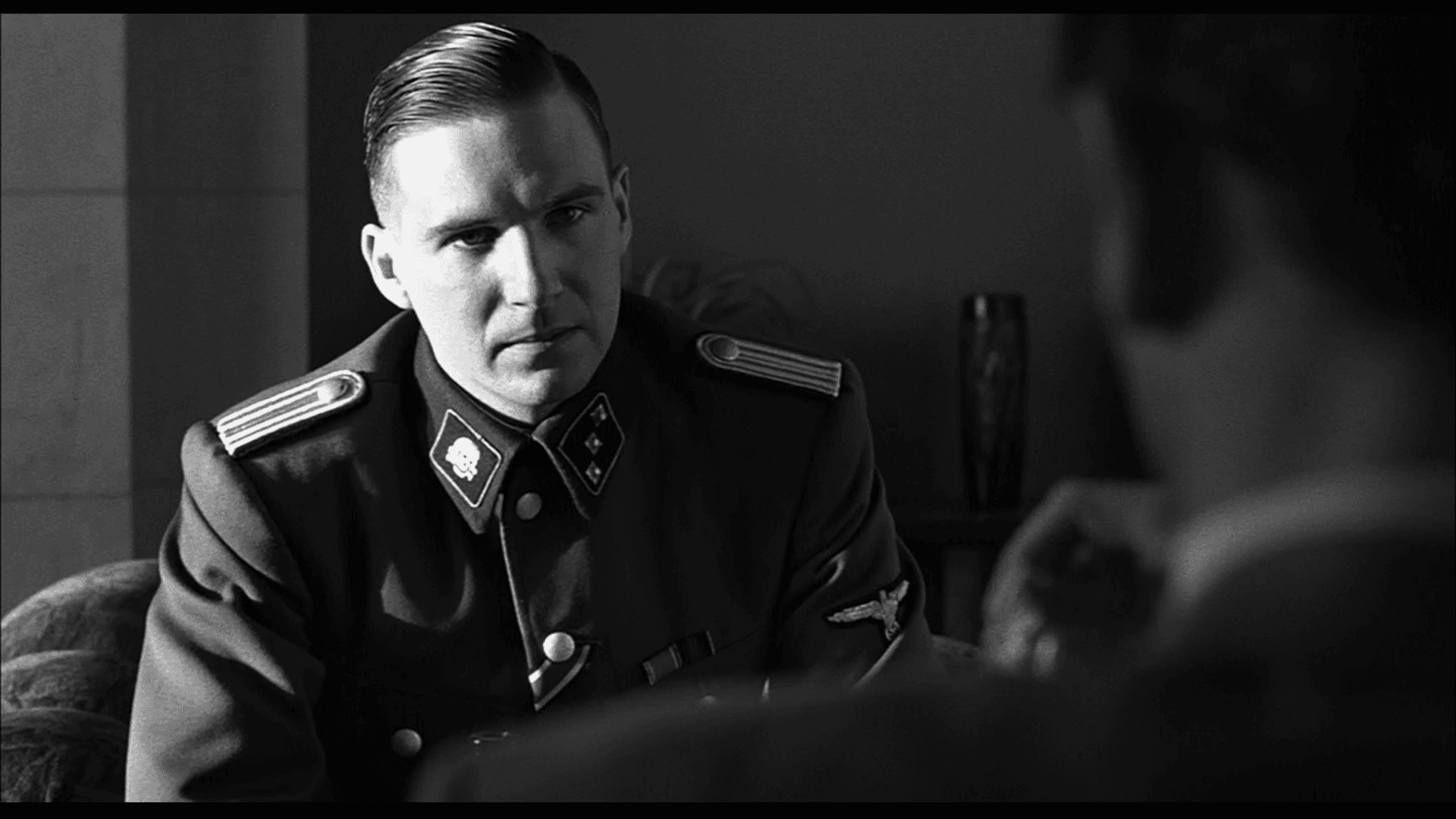
Comments
Loading comments...